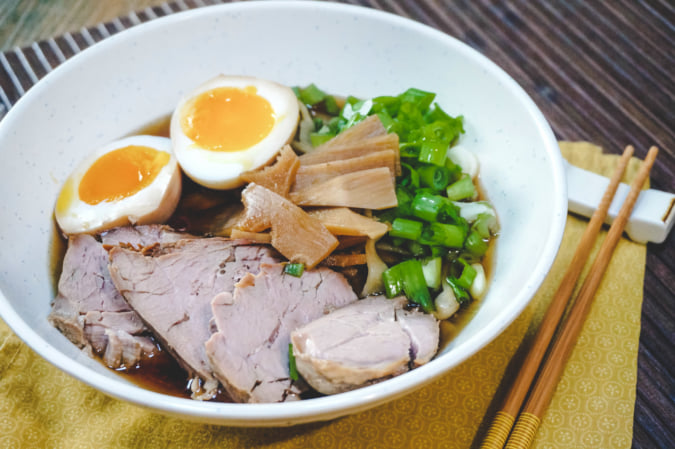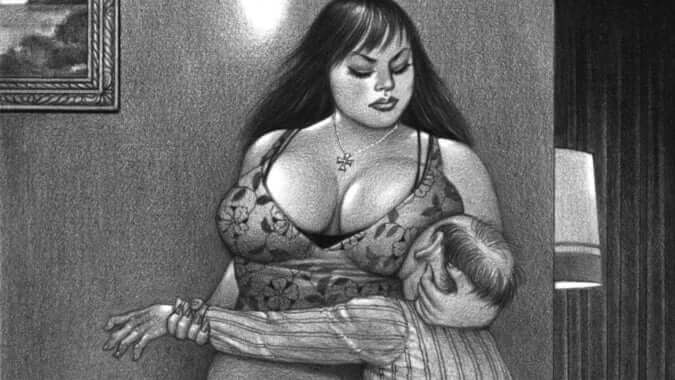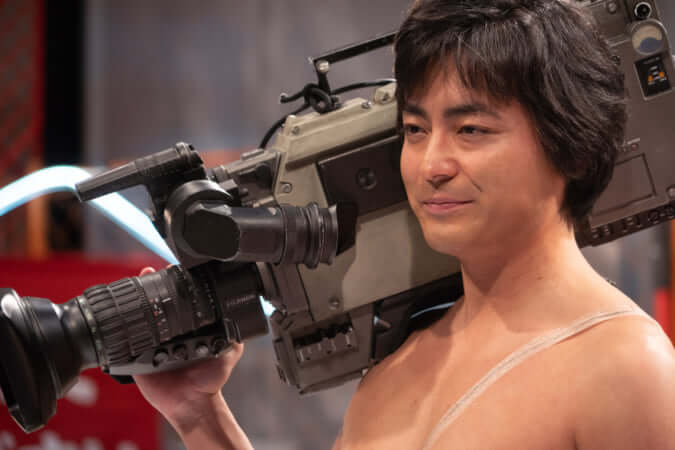Recipe for Milk Bubble Tea by Andrew Chau and Bin Chen
When they learnt that this drink is often made using manufactured products, the duo created their own recipe with no processed ingredients.
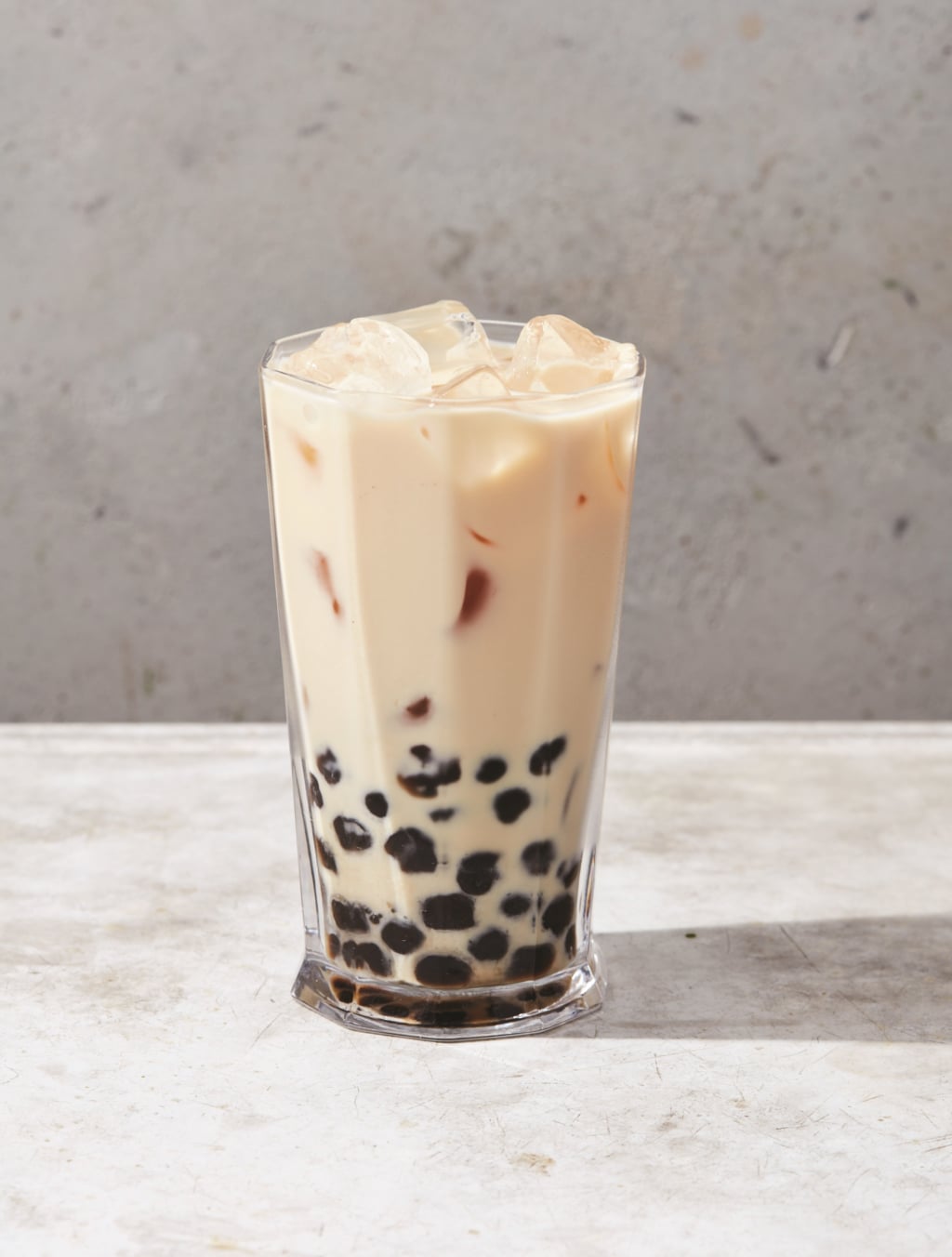
© The Boba Book
Bubble tea is a drink that is only growing in popularity in Japan. Made from tea, often ice cold, and tapioca pearls, bubble tea comes in an infinite variety of flavours and, like kakigori, makes the perfect accompaniment to hot summer days. Andrew Chau and Bin Chen, former colleagues in the fashion industry turned friends, became aware of this enthusiasm for the drink but noticed that bubble teas tended to be made using powdered and modified ingredients. Thus, they decided to join forces to open their own shop, The Boba Guys, where all their creations are made from artisanal products.
So that fans of these drinks containing tapioca pearls could reproduce their creations, the duo compiled their best recipes in a book with polished photographs and vibrant colours: The Boba Book.
Here, they share the recipe that they consider the ‘classic’, which combines black tea and milk. They offer a couple of tips before getting started: it’s best to avoid using whole milk because black tea can end up with a bitter, astringent taste. Semi-skimmed milk makes for a lighter, smoother drink.
For vegans or those who would prefer a low-fat version, this recipe can be made using plant-based milk such as almond or soy.
Ingredients
2 to 4 tablespoons of toppings of your choice (optional)
150 g (by weight) ice cubes
60 ml table syrup, or to taste
250 ml black tea by Brewed Boba Guys
75 ml semi-skimmed milk (or oat, almond, soy milk, etc.)
Method
Fill a glass with the toppings, if using.
Add the ice cubes, then the syrup. Pour the tea over the ice cubes, then add the semi-skimmed milk.
Stir until all the ingredients are mixed well.
The Boba Book (2020), a recipe book by Andrew Chau and Bin Chen, is published by Ten Speed Press, and is available only in English.
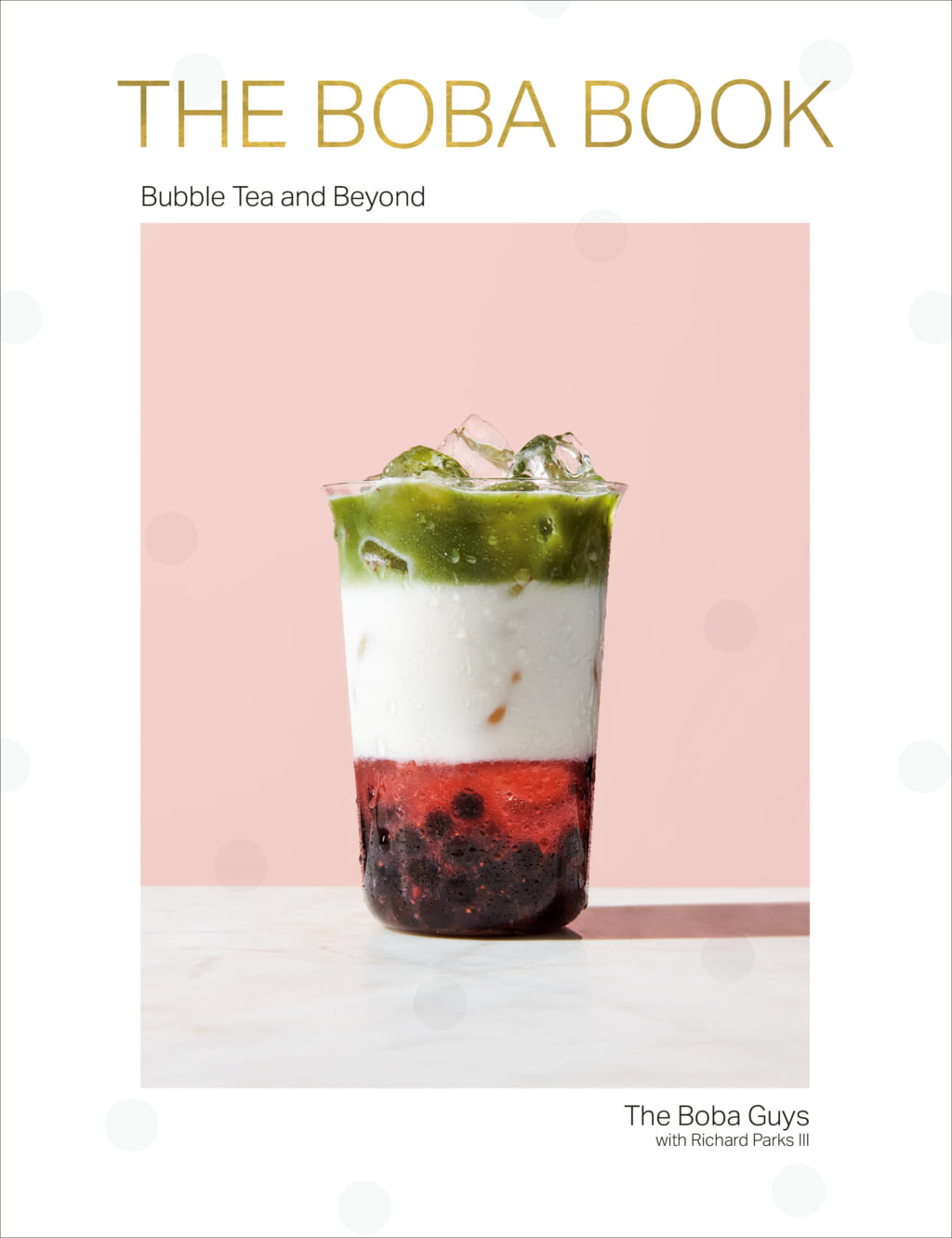
© The Boba Book
TRENDING
-
Ishiuchi Miyako, A Singular Perspective on Women
Recipient of the 2024 Women in Motion Award, the photographer creates intimate portraits of women through the objects they left behind.

-
Recipe for Ichiraku Ramen from ‘Naruto’ by Danielle Baghernejad
Taken from the popular manga with the character of the same name who loves ramen, this dish is named after the hero's favourite restaurant.

-
Namio Harukawa, Master of Japanese SM Art
'Garden of Domina' offers a dive into the world of an icon of ‘oshiri’, whose work has now reached a global audience.

-
The Tattoos that Marked the Criminals of the Edo Period
Traditional tattoos were strong signifiers; murderers had head tattoos, while theft might result in an arm tattoo.

-
The Emperor of Japanese Porn is Now the Star of a Netflix Series
Deliciously funny, The Naked Director especially succeeds in reviving the atmosphere that was so characteristic of 1980s Japan.


